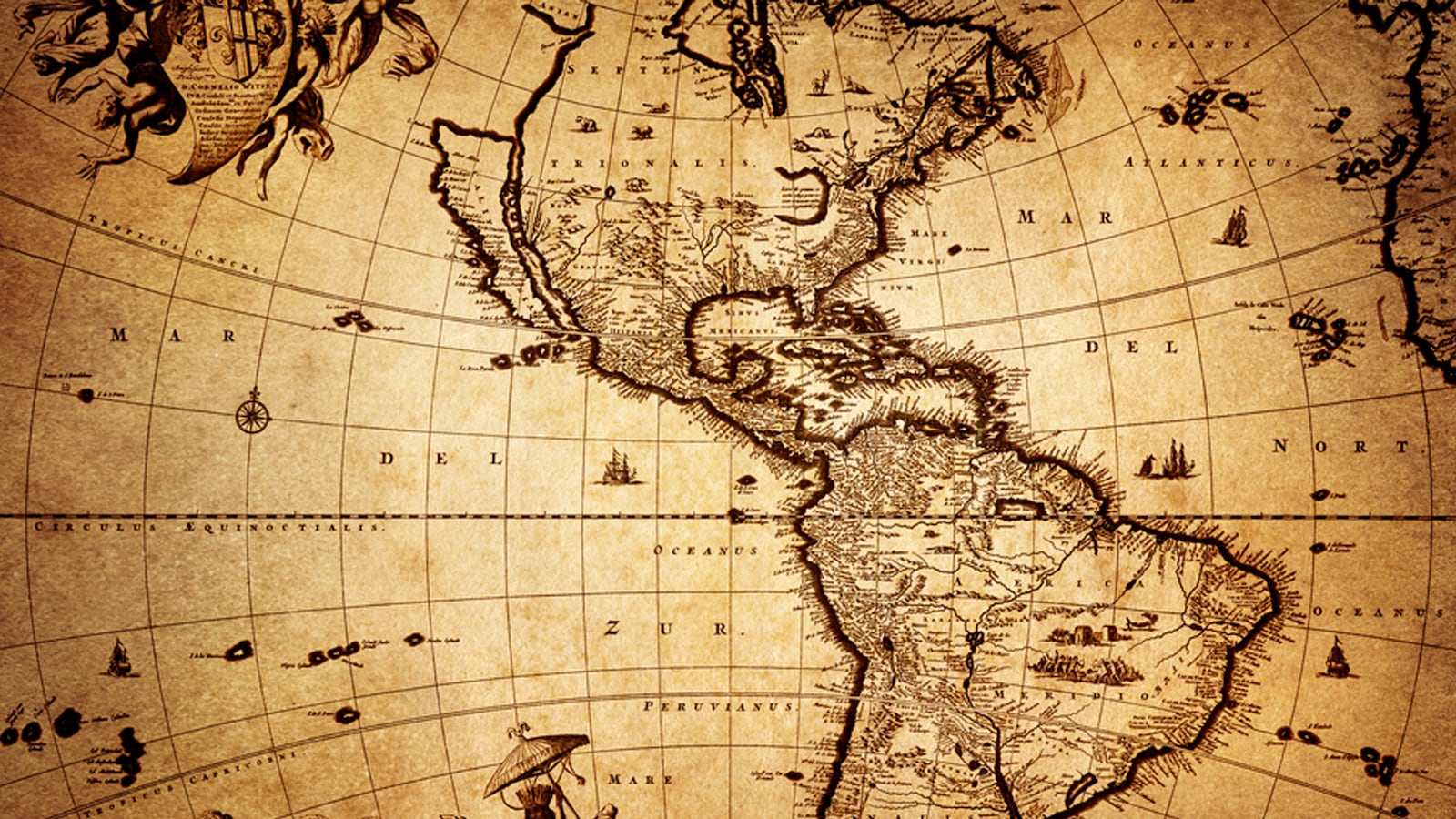Forty years ago, a German historian named Arno Peters published a world map that he described as a rebuttal to four centuries of faulty cartographic thinking.

Peters believed that too much modern mapmaking was influenced by Gerard Mercator’s 1569 map, which had underestimated the size of non-European land masses. His map, Peters said, would correct the misconceptions inspired by the famed Mercator projection, forcing residents of wealthy nations to adjust their worldview. “To those used to Mercator’s projection, the northern continents (in Peters’s map) appeared radically reduced in size,” Jerry Brotton writes in A History of the World in 12 Maps, “while Africa and South America took on the appearance of enormous teardrops.”
Published in 1973, Peters’s map was a sensation, embraced by the United Nations and the National Geographic Society and distributed all over the world.
His many critics, however, argued that Peters’ map was unreliable and error-laden, the work of a non-expert who cared less about scientific rigor than making a political point. “From the academic response to Peters’s map, it would be easy to say that he created a flawed projection, and that his conclusions were wrong. But it is never that simple with maps,” Brotton writes, coining a cartographic axiom that, in one form or another, shows up throughout History.
Indeed, if there’s a single takeaway from this fascinating and richly illustrated book, it’s that mapmaking is perennially contentious, a fact that was no less true for Ptolemy, the 2nd century astronomer and geographer, than it is in the era of online maps and GPS navigation.
A Renaissance studies professor at Queen Mary University of London, Brotton is a patient and learned guide. In History, he shepherds the reader through 2,000 years of mapmaking, with an emphasis on a dozen world maps that shaped—and were shaped by—various political, religious and social movements. Naturally, Brotton devotes most of his attention to developments and trends that predate the 20th century (which we’ll get to momentarily). But he also grapples with the implications of Google’s ongoing quest to map every corner of the globe. Given that the Internet giant’s methods and motives have such a boundless impact on contemporary life, it’s not wrong to say that this is the book’s most important chapter.
Though he concedes that Google Earth and Google Maps are useful and impressive tools, Brotton says that the company’s mapmaking projects are uniquely secretive. For as long as cartographers have been making maps, they’ve demonstrated how they arrived at their conclusions, forging a path for future mapmakers to follow. But Google, he says, has taken a less collegial approach: “(T)here is a crucial difference between what Google is doing and what went before, which is not simply about scale: it concerns the computerized source code used to build its geospatial applications…For obvious commercial reasons, Google does not disclose the specific details of its code, which means that for the first time in recorded history, a world view is being constructed according to information which is not publicly and freely available.”
Likening the situation to the debate over the company’s push to digitize as many books as possible, which would “arguably give Google a monopoly on the book search market,” Brotton suggests that there’s reason to be alarmed by this state of affairs. “The history of maps,” he writes, “has never previously known the possibility of a monopoly of valuable geographic information falling into the hands of one company.” What can be done about this? Brotton, alas, is far better at identifying problems than he is at recommending solutions; all he has to offer on this front is a passing reference to more sophisticated governmental regulations.
If necessarily less timely, the chapters that precede Brotton’s consideration of Google are no less interesting. Though its momentous-sounding title claims otherwise, this book isn’t a world history but a reflection on the incremental nature of scientific advancement. In one chapter after the next, Brotton shows how breakthroughs in the field of mapmaking are typically accompanied by some sort of conflict, controversy or attempt to repudiate one’s scientific forbears.
In a chapter on Ptolemy, for instance, we learn that the polymath’s Geography—a seminal work, completed about 1,900 years ago, that at that point “was the most influential and enduring attempt” to chart the contours of the globe on a flat surface—was a sort of argument with the past. The Greek scholar, he notes, “followed a well-established geographical tradition: establishing his astronomical credentials and then writing a treatise that … spends most of its time explaining itself in opposition to its immediate predecessors.”
In 12th century Sicily, a Muslim mapmaker named Al-Adrisi fought a more urgent battle—against intolerance and the sweep of history. During a period of remarkable multicultural openness on the island, Al-Idrisi crafted what Brotton calls “the first serious attempt to integrate the three classical Mediterranean traditions of Greek, Latin and Arabic scholarship in” a single volume. His wonderfully named “Entertainment for He Who Longs to Travel the World” artfully depicted the island, its neighbors and the surrounding world. But his “geographical achievements were left stranded” in a rapidly changing Sicily, Brotton writes, and though he left the island and died abroad, by the early 1200s Muslims living there had been systematically oppressed.
A few hundred years later, Belgian cartographer Gerard Mercator was charged with heresy. The exact reasons for his 1544 arrest have never been fully explained, Brotton writes, although his eight-month jail stay may have been linked to his “forays into political and religious mapmaking.” He bounced back, of course, and his 1569 world map was important enough that it was still deemed worthy of reply in the second half of the 20th century.
And what of the man who went to war with Mercator’s ideas in the 1970s? Brotton contends that regardless of the precision of his map, Peters, who died in 2002, performed a service, even if he was challenging the ideas of a cartographer whose influence had been declining for many years. He writes, “Peters and the controversy that surrounded his projection inadvertently illustrated a deeper truth about mapping the world, that any map of the world is always partial and inherently selective, and that as a result it is inevitably prey to political appropriation.”






